Happy Thanksgiving to our readers in Canada! The Frogs will be back Tuesday.
 Canada’s forest sector expressed disappointment that the Carney-Trump talks were silent on lumber tariffs. In related commentary: reciprocal tariffs ‘are not enough’ for some US hardwood producers; there’s no national security basis for Trump’s furniture tariffs; and the Vietnam wood industry is in shock. In other Business news: BC’s expanding strike includes professional engineers and foresters; US remodellers remain optimistic; the UK faces challenges despite record sales; and a new report on construction’s plastic problem.
Canada’s forest sector expressed disappointment that the Carney-Trump talks were silent on lumber tariffs. In related commentary: reciprocal tariffs ‘are not enough’ for some US hardwood producers; there’s no national security basis for Trump’s furniture tariffs; and the Vietnam wood industry is in shock. In other Business news: BC’s expanding strike includes professional engineers and foresters; US remodellers remain optimistic; the UK faces challenges despite record sales; and a new report on construction’s plastic problem.
In Forestry/Climate news: demand for wood fibre has changed in the US; new research on why some carbon projects overestimate their CO2 benefits; and an Arctic Bioenergy Summit and Tour is announced. Meanwhile: CIF’s 2025 National Award recipients; and BC’s latest mass timber project-support recipients.
Finally, The Oak and the Larch: A Forest History of Russia and Its Empires.
Kelly McCloskey, Tree Frog News Editor

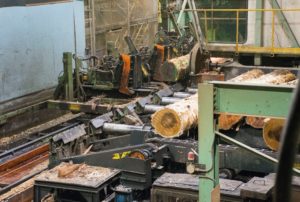 PRINCE GEORGE – Prime Minister Mark Carney met with President Donald Trump to discuss the connection between energy cooperation and support for Canada’s steel and aluminum industries. However, this meeting raised some eyebrows among forestry industry leaders, who wondered why softwood was left out of the conversation. Brink Forest Products owner John Brink believes that the omission of softwood tariffs in discussions with the president is yet another setback for an already struggling sector. MLA Kiel Giddens also voiced his disappointment that softwood lumber was left off the agenda, especially since forestry ranks among Canada’s leading employers. Brink notes that wood manufacturing plants are still shutting down across the province, and he believes the West must unite to send a strong message to Ottawa.
PRINCE GEORGE – Prime Minister Mark Carney met with President Donald Trump to discuss the connection between energy cooperation and support for Canada’s steel and aluminum industries. However, this meeting raised some eyebrows among forestry industry leaders, who wondered why softwood was left out of the conversation. Brink Forest Products owner John Brink believes that the omission of softwood tariffs in discussions with the president is yet another setback for an already struggling sector. MLA Kiel Giddens also voiced his disappointment that softwood lumber was left off the agenda, especially since forestry ranks among Canada’s leading employers. Brink notes that wood manufacturing plants are still shutting down across the province, and he believes the West must unite to send a strong message to Ottawa. 

 The Trump administration and its advocates have long sold tariffs as a smart and necessary way to reindustrialize the country, bolster national security, and revitalize the economy more broadly. In practice, however, they put tariffs on cabinets and sofas for “national security” reasons, exempt others because of potential political blowback, and do all sorts of other things that likely undermine the economic and security objectives the administration says its tariffs are achieving. And they do it all with little regard for the facts, economics, or law. Throw in some foolish nostalgia (contra the president, furniture manufacturing is today a tiny share of North Carolina’s economy and workforce), and the furniture tariffs make for an almost-perfect example of the canyon between protectionist rhetoric and US tariff reality. The only thing preventing perfection is that there isn’t a “national emergency” or fake “fiscal crisis” attached.
The Trump administration and its advocates have long sold tariffs as a smart and necessary way to reindustrialize the country, bolster national security, and revitalize the economy more broadly. In practice, however, they put tariffs on cabinets and sofas for “national security” reasons, exempt others because of potential political blowback, and do all sorts of other things that likely undermine the economic and security objectives the administration says its tariffs are achieving. And they do it all with little regard for the facts, economics, or law. Throw in some foolish nostalgia (contra the president, furniture manufacturing is today a tiny share of North Carolina’s economy and workforce), and the furniture tariffs make for an almost-perfect example of the canyon between protectionist rhetoric and US tariff reality. The only thing preventing perfection is that there isn’t a “national emergency” or fake “fiscal crisis” attached. From October 14, wooden furniture exported to the United States will continue to be subject to a new import tariff of up to 25 percent. This has come as a “shock” at a time when enterprises are accelerating production, raising concerns over the feasibility of maintaining Vietnam’s 2025 wood export targets. In the long term, aside from adapting to frequently changing tariff policies, enterprises in the wood industry are working to improve product quality. Expanding markets and building the Vietnamese wood brand are considered key solutions for the sector’s sustainable development. On September 29, U.S. President Donald Trump signed a decree imposing a 25 percent tariff on wooden furniture, effective from October 14. The tariff rate may increase to 50 percent for dressing tables and kitchen cabinets, and 30 percent for upholstered products early next year. This move is regarded as a “shock” to Vietnam’s wood industry.
From October 14, wooden furniture exported to the United States will continue to be subject to a new import tariff of up to 25 percent. This has come as a “shock” at a time when enterprises are accelerating production, raising concerns over the feasibility of maintaining Vietnam’s 2025 wood export targets. In the long term, aside from adapting to frequently changing tariff policies, enterprises in the wood industry are working to improve product quality. Expanding markets and building the Vietnamese wood brand are considered key solutions for the sector’s sustainable development. On September 29, U.S. President Donald Trump signed a decree imposing a 25 percent tariff on wooden furniture, effective from October 14. The tariff rate may increase to 50 percent for dressing tables and kitchen cabinets, and 30 percent for upholstered products early next year. This move is regarded as a “shock” to Vietnam’s wood industry. In the third quarter of 2025, the NAHB/Westlake Royal Remodeling Market Index (RMI) posted a reading of 60, up one point compared to the previous quarter. With the reading of 60, the RMI remains solidly in positive territory above 50, but lower than it had been at any time from 2021 through 2024. Overall, remodelers remain optimistic about the market, although slightly less optimistic than they were at this time last year. The most significant headwinds they are facing include high material and labor costs, as well as economic and political uncertainty making some of their potential customers cautious about moving forward with remodeling projects. The small quarter-over-quarter improvement is consistent with flat construction spending trends and the current wait-and-see demand environment.
In the third quarter of 2025, the NAHB/Westlake Royal Remodeling Market Index (RMI) posted a reading of 60, up one point compared to the previous quarter. With the reading of 60, the RMI remains solidly in positive territory above 50, but lower than it had been at any time from 2021 through 2024. Overall, remodelers remain optimistic about the market, although slightly less optimistic than they were at this time last year. The most significant headwinds they are facing include high material and labor costs, as well as economic and political uncertainty making some of their potential customers cautious about moving forward with remodeling projects. The small quarter-over-quarter improvement is consistent with flat construction spending trends and the current wait-and-see demand environment.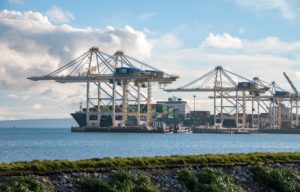 The UK timber industry is currently experiencing a crisis, even as it reports record sales of softwood, raising concerns over supply chain challenges, rising costs, and sustainability issues. The surge in softwood sales, particularly in the construction and woodworking sectors, has overshadowed the ongoing difficulties facing the industry. While the demand for timber has been high, particularly due to the growing construction boom and a shift toward more sustainable building materials, the challenges related to timber shortages and price increases remain deeply concerning for businesses across the sector. …The Timber Trade Federation (TTF) reports that softwood sales in the UK reached record levels in 2024. However, one of the most pressing issues facing the UK timber sector is the disruption of supply chains. The UK has faced considerable difficulty in securing a steady supply of raw timber. The global timber shortage has exacerbated the situation.
The UK timber industry is currently experiencing a crisis, even as it reports record sales of softwood, raising concerns over supply chain challenges, rising costs, and sustainability issues. The surge in softwood sales, particularly in the construction and woodworking sectors, has overshadowed the ongoing difficulties facing the industry. While the demand for timber has been high, particularly due to the growing construction boom and a shift toward more sustainable building materials, the challenges related to timber shortages and price increases remain deeply concerning for businesses across the sector. …The Timber Trade Federation (TTF) reports that softwood sales in the UK reached record levels in 2024. However, one of the most pressing issues facing the UK timber sector is the disruption of supply chains. The UK has faced considerable difficulty in securing a steady supply of raw timber. The global timber shortage has exacerbated the situation. Construction plastics are a major source of plastic waste in the province, and they urgently need to be measured, tracked and upcycled, says a B.C. organization that promotes sustainable built environments. Canada’s Federal Plastics Registry is expanding in 2026 to include construction plastics, but industry efforts are already underway to gather data and pilot new ways of reducing and reusing them, said Vancouver-based
Construction plastics are a major source of plastic waste in the province, and they urgently need to be measured, tracked and upcycled, says a B.C. organization that promotes sustainable built environments. Canada’s Federal Plastics Registry is expanding in 2026 to include construction plastics, but industry efforts are already underway to gather data and pilot new ways of reducing and reusing them, said Vancouver-based 




 NANAIMO, B.C. – Mosaic Forest Management addressed community concerns about alternative road access following an incident on October 5th that halted safety work at the Bamfield Main Road worksite. The Ministry of Transportation and Transit has assumed control of the Bamfield Main Road repairs under Section 8 of the Transportation Act, with Mosaic providing technical support. The project is targeted for completion by month’s end. The Brenner Main/Museum Main corridor … remains restricted to limited Mosaic crews and one industrial user with pre-existing access. …“We understand people are frustrated seeing what appears to be a drivable road,” said D’Arcy Henderson, Senior Vice President, Timberlands and Chief Operating Officer. “But we’ve identified dangerous trees and boulders that could fall at any time. Making the Brenner corridor safe for public use would require the same weeks of intensive work currently underway on Bamfield Main. We cannot split our resources and double the timeline.”
NANAIMO, B.C. – Mosaic Forest Management addressed community concerns about alternative road access following an incident on October 5th that halted safety work at the Bamfield Main Road worksite. The Ministry of Transportation and Transit has assumed control of the Bamfield Main Road repairs under Section 8 of the Transportation Act, with Mosaic providing technical support. The project is targeted for completion by month’s end. The Brenner Main/Museum Main corridor … remains restricted to limited Mosaic crews and one industrial user with pre-existing access. …“We understand people are frustrated seeing what appears to be a drivable road,” said D’Arcy Henderson, Senior Vice President, Timberlands and Chief Operating Officer. “But we’ve identified dangerous trees and boulders that could fall at any time. Making the Brenner corridor safe for public use would require the same weeks of intensive work currently underway on Bamfield Main. We cannot split our resources and double the timeline.”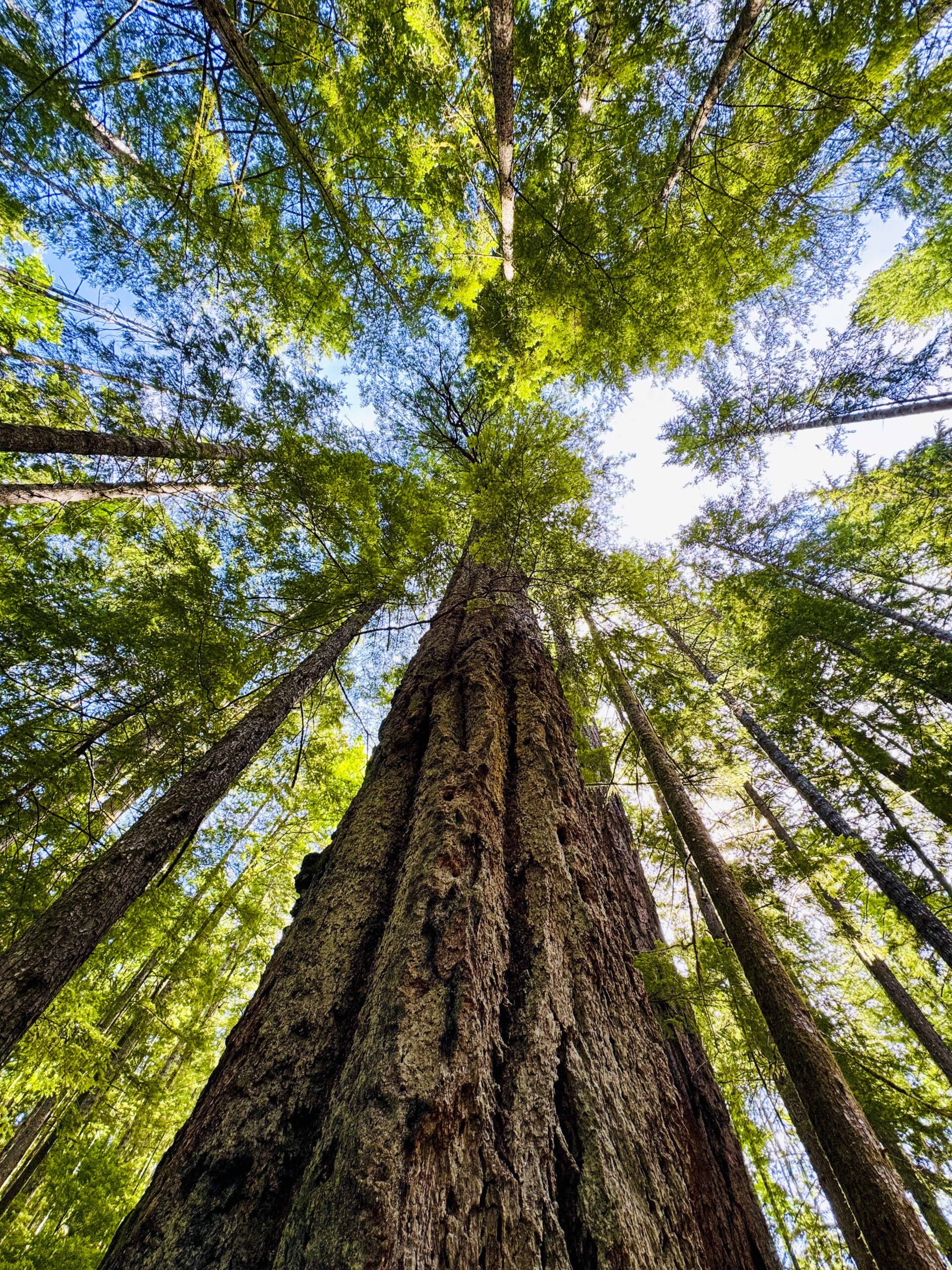 Last week, the Wildwood Ecoforest, located in Yellow Point just north of Ladysmith, got considerably closer to its original size. A successful campaign to raise $850,000 has allowed the
Last week, the Wildwood Ecoforest, located in Yellow Point just north of Ladysmith, got considerably closer to its original size. A successful campaign to raise $850,000 has allowed the 

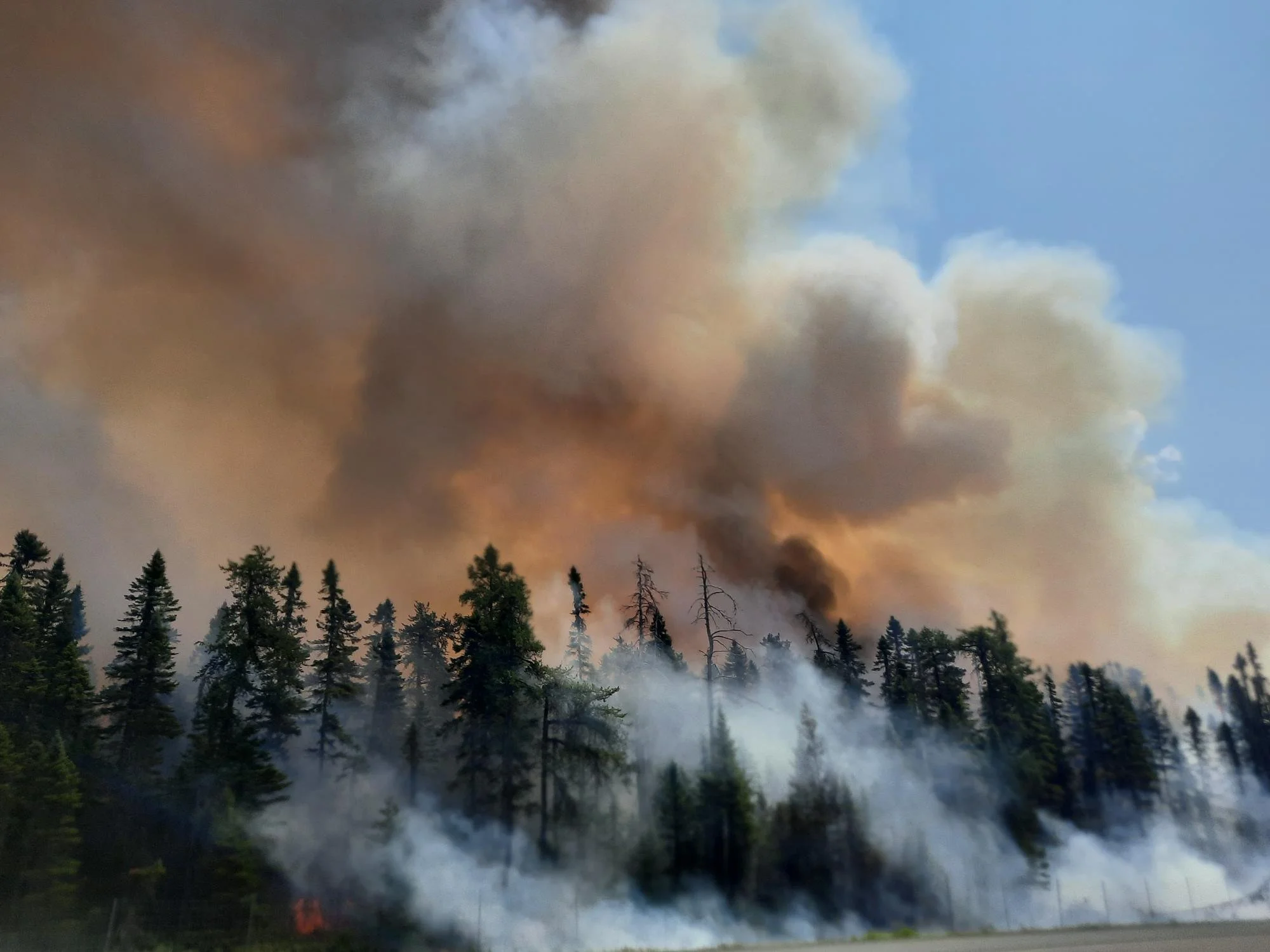

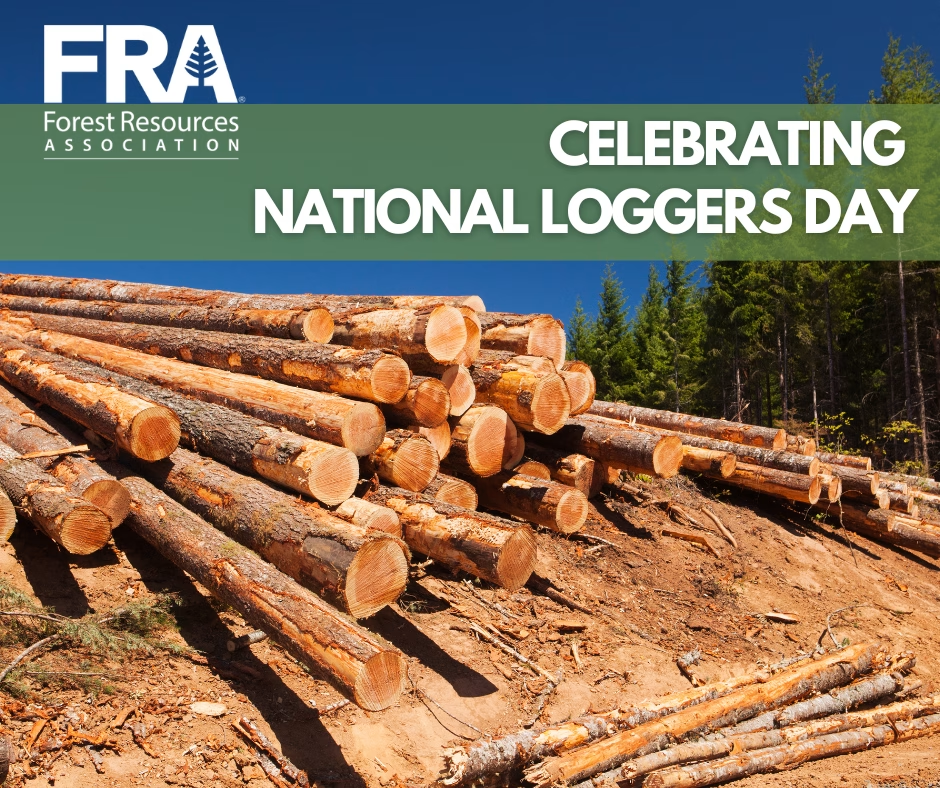
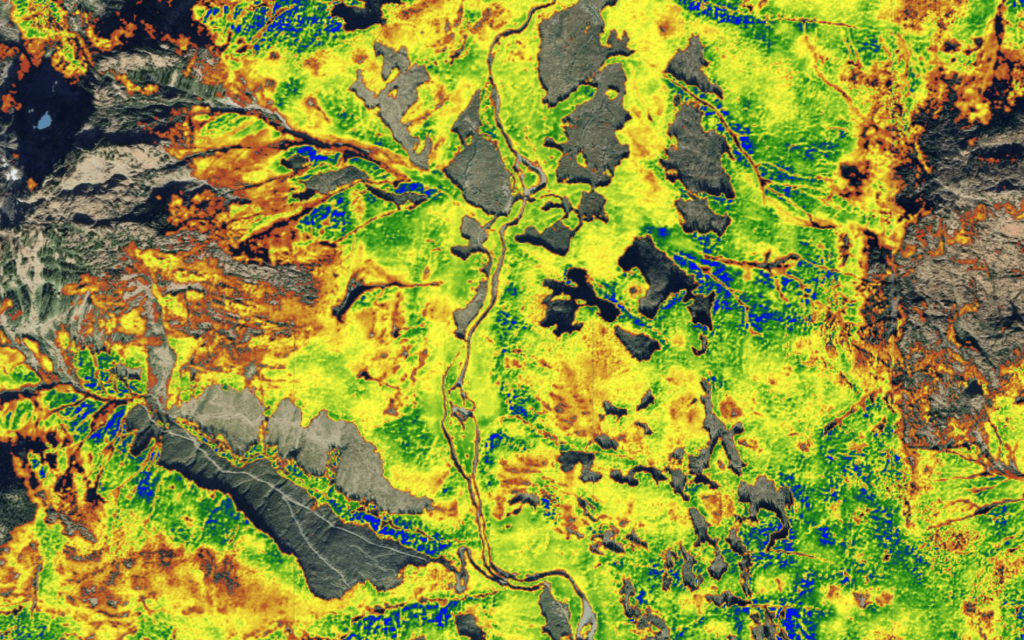


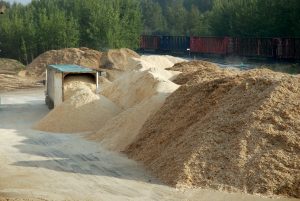 Given market sentiment and operating rates, in addition to recent mill closures and curtailments, how has demand for wood fiber changed recently and over the past 10 years? …Total capacity of the wood-using U.S. pulp and paper sector declined 18% in the past 10 years. This decline is specific to wood-using mills, excluding facilities that rely exclusively on recycled fiber, but the sector reported drops in all end uses, with reductions in printing and writing capacity falling 49%. This represented over half of the lost capacity nationwide. Newsprint, household/sanitary, and market pulp segments also had notable declines, each representing 10%-16% of the lost capacity. Regionally, capacity reductions in the U.S. South accounted for most of the volume lost (64%), with the U.S. West and North each representing 18%. The West experienced the largest and most severe drop in capacity for a given region, with pulp and paper mill closures and reductions decreasing capacity by 26%.
Given market sentiment and operating rates, in addition to recent mill closures and curtailments, how has demand for wood fiber changed recently and over the past 10 years? …Total capacity of the wood-using U.S. pulp and paper sector declined 18% in the past 10 years. This decline is specific to wood-using mills, excluding facilities that rely exclusively on recycled fiber, but the sector reported drops in all end uses, with reductions in printing and writing capacity falling 49%. This represented over half of the lost capacity nationwide. Newsprint, household/sanitary, and market pulp segments also had notable declines, each representing 10%-16% of the lost capacity. Regionally, capacity reductions in the U.S. South accounted for most of the volume lost (64%), with the U.S. West and North each representing 18%. The West experienced the largest and most severe drop in capacity for a given region, with pulp and paper mill closures and reductions decreasing capacity by 26%.